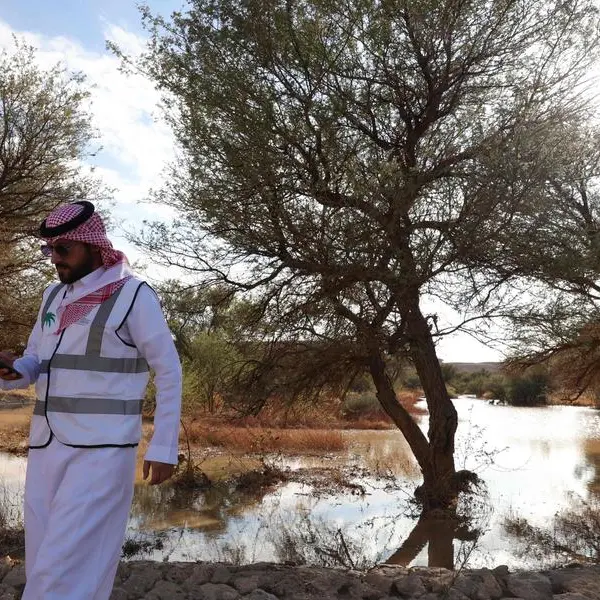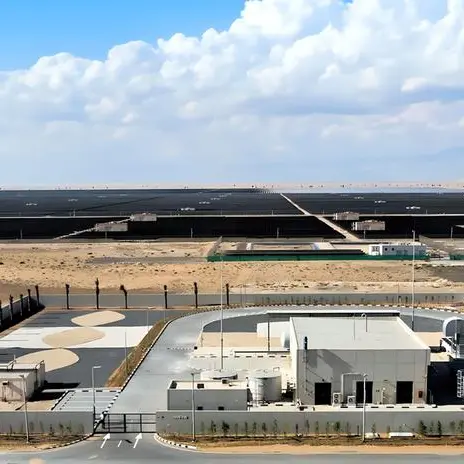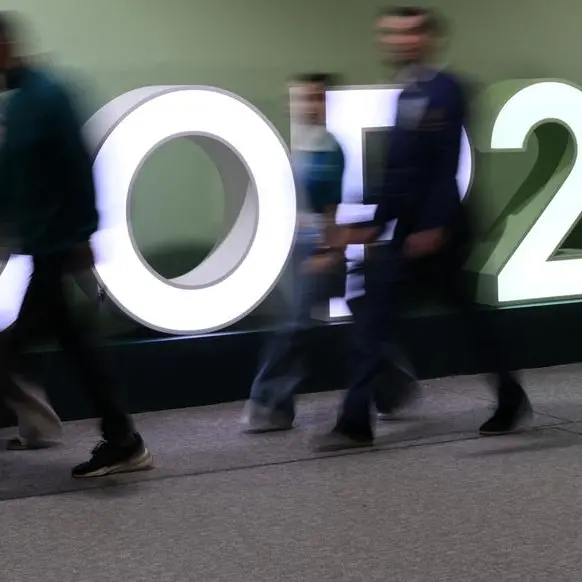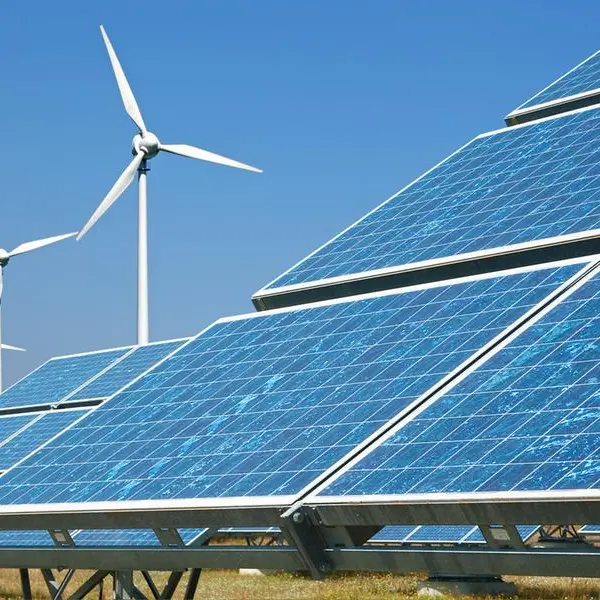PHOTO
Three years after it was first announced at the United Nations COP26 climate conference in Glasgow, a significant new ESG borrower backed by the US, Japan and the UK has finally emerged at COP29 in Baku, Azerbaijan.
Rated AA+ by Fitch and Aa1 by Moody’s, the Climate Investment Funds Capital Markets Mechanism will employ a frontloading mechanism like the high profile International Finance Facility for Immunisation.
Other entities, including a mine action initiative and the Red Cross/Red Crescent movement, are also investigating IFFIm-style vehicles.
CCMM – as it is known – is an offshoot of the Climate Investment Funds. CIF is a group of World Bank-managed trust funds founded in 2008 that operates in over 80 developing countries.
CIF’s 15 sovereign backers have contributed US$12bn in “realised and unrealised” amounts to its funds.
CCMM will be the first platform to raise funding for multiple multilateral development banks. Six MDBs – the African Development Bank, Asian Development Bank, European Bank for Reconstruction and Development and Inter-American Development Bank, plus the World Bank and its private-sector lender, the International Finance Corporation – are its “implementing entities”, meaning they will distribute proceeds from its issuance in the form of equity, debt, mezzanine finance, guarantees and other instruments.
It will also rank as the MDB sector’s first wholly green capital markets issuer. It should enable CIF’s Clean Technology Fund to commit US$500m a year for a decade to clean technology projects in low and middle-income countries.
“CCMM will mobilise private capital at scale and direct it to high-impact clean energy and clean technology investments,” said Tariye Gbadegesin, CEO at CIF, in a statement.
Reflows
Like IFFIm, CCMM will use the World Bank as treasury manager for its borrowing and liquidity management.
In this role, the MDB declined to specify the size of CCMM’s borrowing programme, which some market sources have estimated at US$500m to US$700m a year. “The programme size is expected to evolve to reflect CCMM funding needs, taking into account its prudent risk management policies,” said Andrea Dore, head of funding at the World Bank.
Bank of America, BNP Paribas, HSBC and TD Securities have been appointed as lead managers for CCMM’s inaugural bond.
With the exception of BNPP, the same group of banks led IFFIm’s successful US$1bn bond last month – its first of this size since its inaugural issue in 2006.
Although CCMM issues were earlier termed green bonds by its sovereign backers, it appears unlikely that they will carry a formal ESG label.
“The issuer is exclusively focused on providing financing to the Clean Technology Fund so already has a defined set of eligible projects that are focused on climate mitigation and is expected to be considered as a ‘pure play’ issuer,” said Dore.
CCMM had been expected to begin issuance late last year. But it received US support for a launch this year at COP28 in Dubai last December, when vice-president Kamala Harris also announced a new US$568m loan to the CTF.
In contrast to IFFIm, which frontloads some US$10bn in long-term grants from its 11 sovereign backers to fund vaccination programmes in developing countries, CCMM will borrow against “reflows” – essentially repayments – from loans made by CTF in middle-income countries.
CTF’s March trustee report showed US$4.6bn of term loans and other “non-grant instruments”.
Given the size of this resource, poorer countries have long called for it to support the Paris Agreement commitment for developed countries to provide US$100bn a year in EM climate finance.
MDB ambition
CCMM’s emergence comes as a group of 10 leading MDBs committed at COP29 to a notable new climate finance target of US$170bn a year by 2030 – mostly in low and middle-income countries (US$120bn). The figure swells to US$300bn when the private-sector capital that the group anticipates mobilising alongside this total is included.
The MDBs – the six CCMM partners plus the Asian Infrastructure Investment Bank, Council of Europe Development Bank, European Investment Bank and New Development Bank – forecast that investors will commit US$65bn a year alongside their climate financing in low and middle-income countries by 2030. It also sees them investing the same sum in high-income countries, exceeding expected MDB climate financing of US$50bn.
The targets – which also include US$42bn of adaptation funding in poorer countries and a further US$7bn in richer ones – far outstrip those the group set ahead of 2019’s UN Climate Action Summit. Then the MDBs expected to reach US$65bn a year by 2025 (including US$18bn of adaptation funding), with a further US$40bn from private capital.
Even so, the group demanded "greater ambition" from MDB shareholders.
"Provision of climate finance at scale also depends on increased MDB internal resources; a larger pool of grant and concessional funds to support enhanced policy dialogue, finance public goods and mobilise private finance; and additional capital to unlock more MDB financing," the 10 said in a joint statement.
Source: IFR























